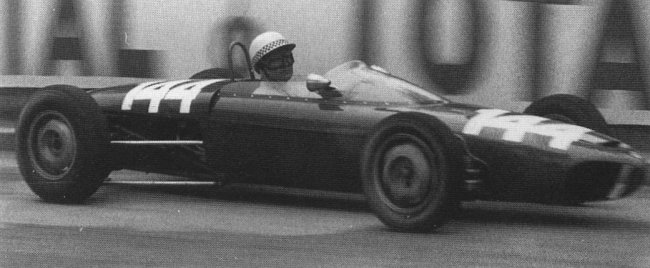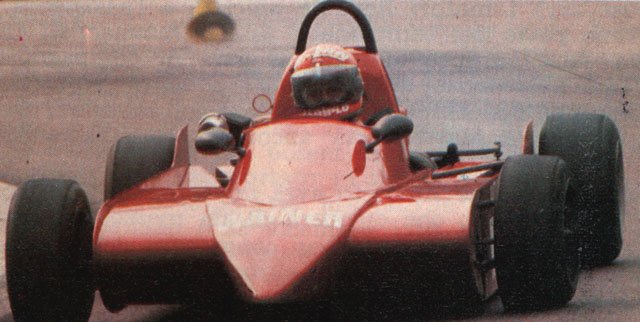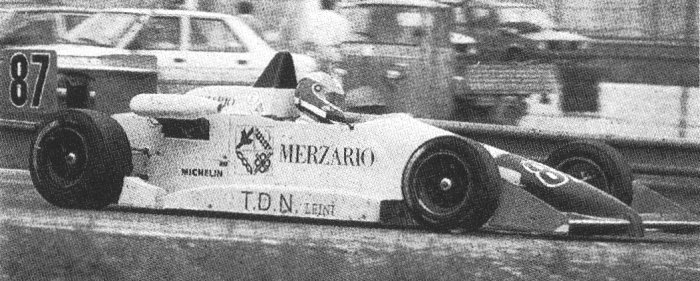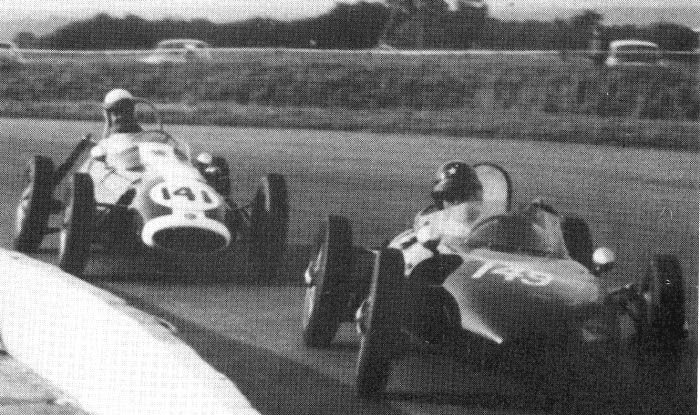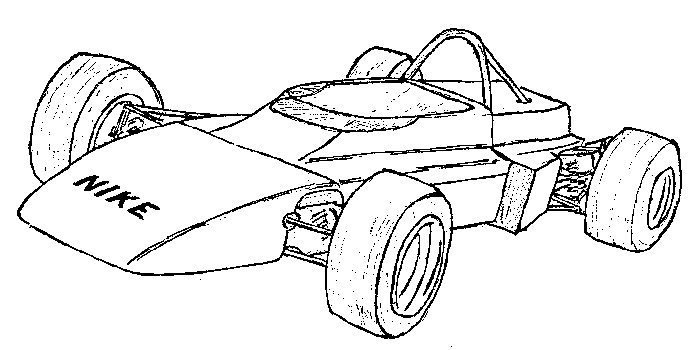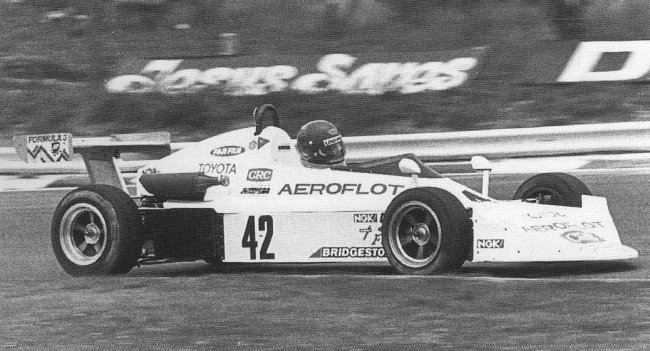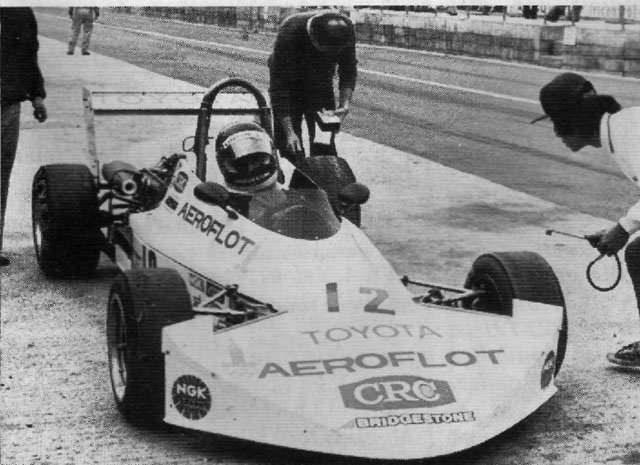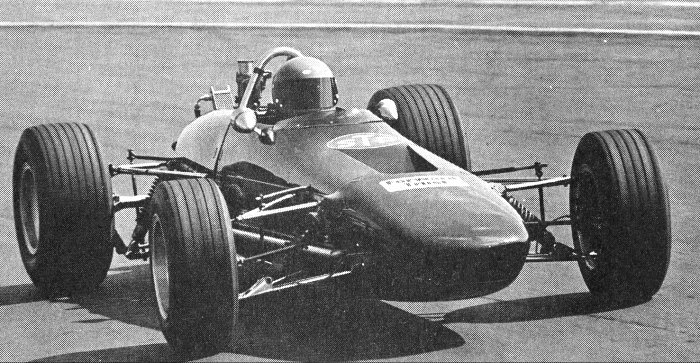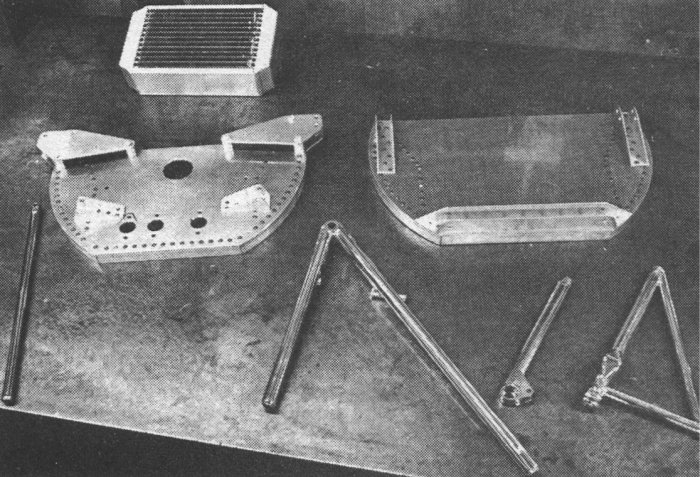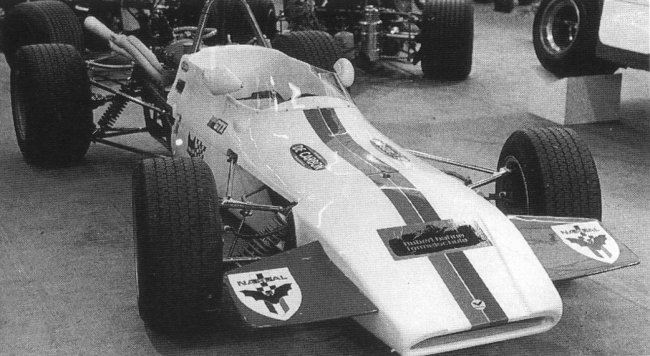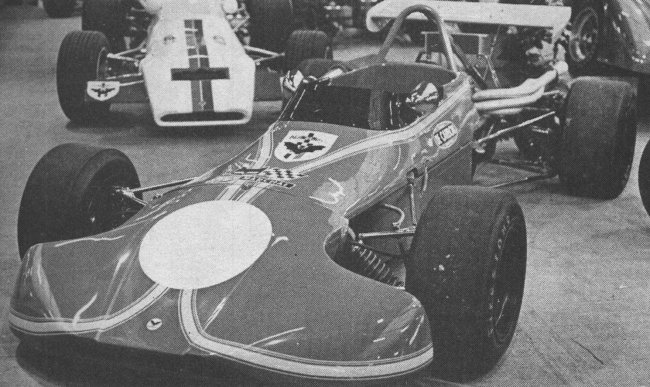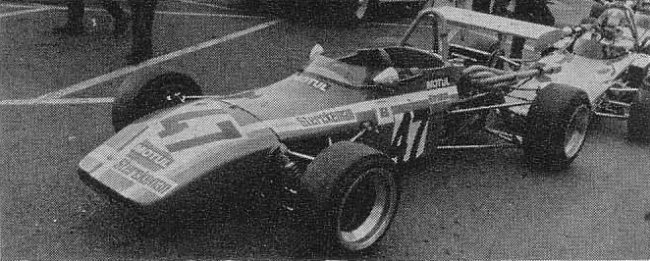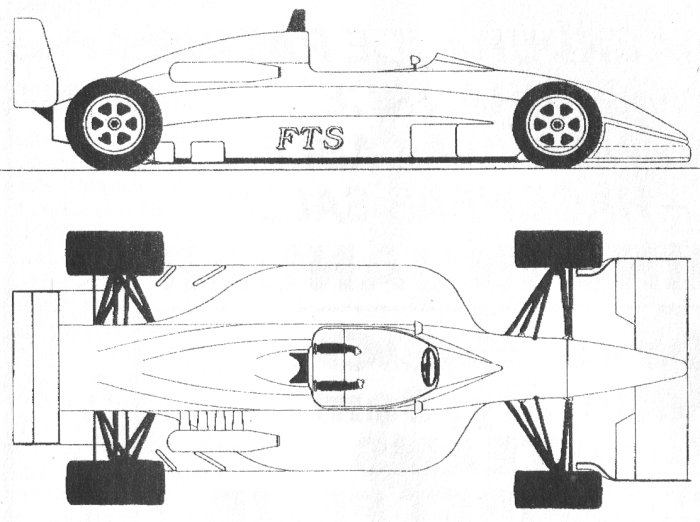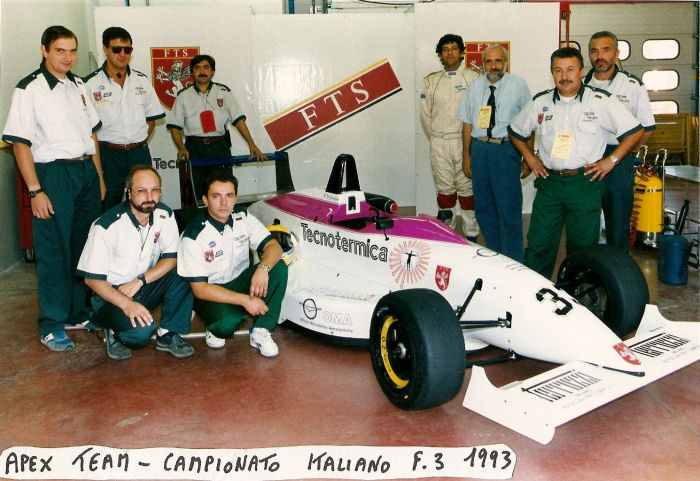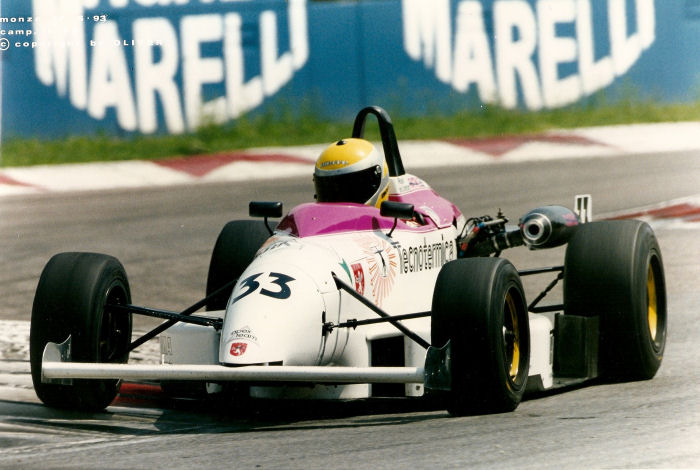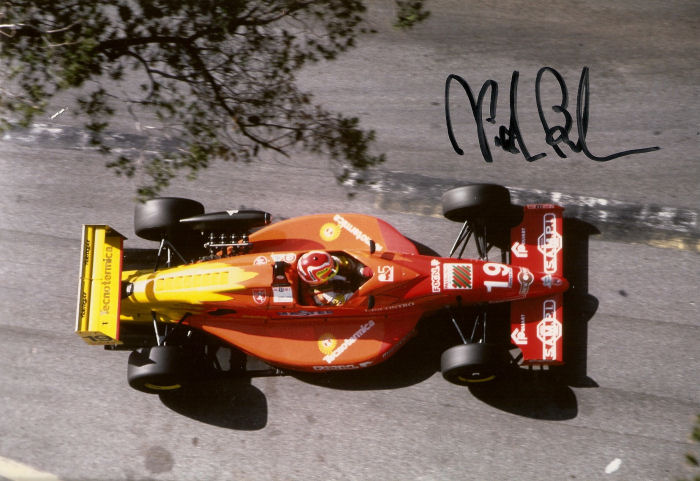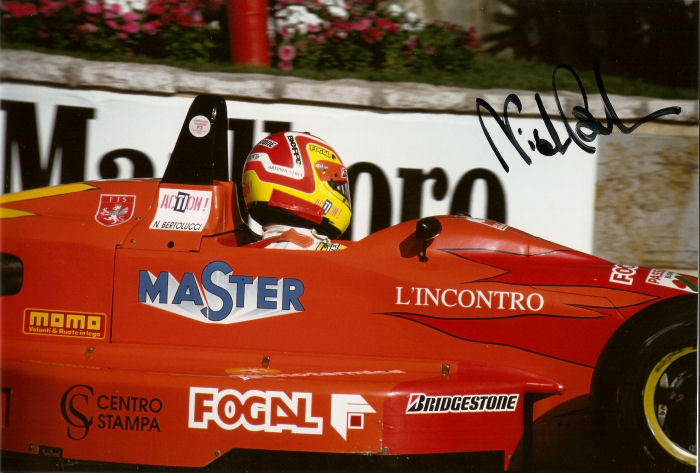Wainer
Based in Milan and owned by Gianfranco Mantovani, Wainer have produced a small number of cars on a fairly regular basis without ever showing any sign of wanting to grow any larger. The first Wainer was a Formula Junior car built in 1958 with which Corrado Manfredini achieved some respectable results. For the rest of the Formula Junior era Wainer continued to produce cars and unlike some Italian manufacturers were prepared to offer up to date designs and the latest Ford engines, Ernesto Brambilla made his name driving one of these cars. Wainer continued to produce F3 cars through the mid ’60s and then took a break although occasional F3 cars continued to appear through to the end of the 1980s without achieving any worthwhile results.
Details of the specifications of the cars and when they were introduced isn’t available at this time except for those shown below.
1980
Close scrutiny of this picture shows some very unusual features, there is no rear wing, no front wings and the side pods seem to be full length and actually to enclose the front suspension. The radiators could be in the middle of the car and are ducted out of the top of the sidepods, both front and rear suspension looks very wide track and the rear at least looks to be inboard. It was fitted with an Alfa Romeo engine. The body design seems to have been influenced by the 1979 Brabham BT49. Clearly an interesting design, sadly it does not seem to have been competitive.
1985
A honeycomb monocoque chassied car, entered as a Wainer-Mantovani and driven by Marino Mantovani without success.
1989
The 893 was raced in the 1989 Italian F3 Championship by Swiss driver Franco Forini. It resembled the standard late eighties design template but scored no worthwhile results and seemingly the team was accused of fuel irregularities.
Drivers
1964 Romolo Baston, Ernesto Brambilla, Giuseppe Colnaghi, Bruno Deserti, Carlo Franchi, Corrado Manfredini, Gianfranco Moroni, Giancarlo Rigamonti, Andrea Tosi.
1965 Ernesto Brambilla, Carlo Franchi, “Geki”, Luigi Malanca, Marco Macciantelli, Corrado Manfredini, Romano Orsola, Giuseppe Piazzi, Alfredo Simoni.
1966 Mario Bonomi, Alessandro Braga, Angelo Caffi, Giancarlo Gagliardi, “Geki” (Giacomo Russo), Michele Licheri, “Ludy”, Luigi Malanca, Corrado Manfredini, Roberto Marniga, Romano Orsola, Aldo Pessina, Giuseppe Piccini, Sandro Uberti.
1967 Giancarlo Gagliardi, Giuseppe Simini.
1968 Giancarlo Gagliardi.
1980 Marino Mantovani.
1985 Marino Mantovani.
1989 Franco Forini.

